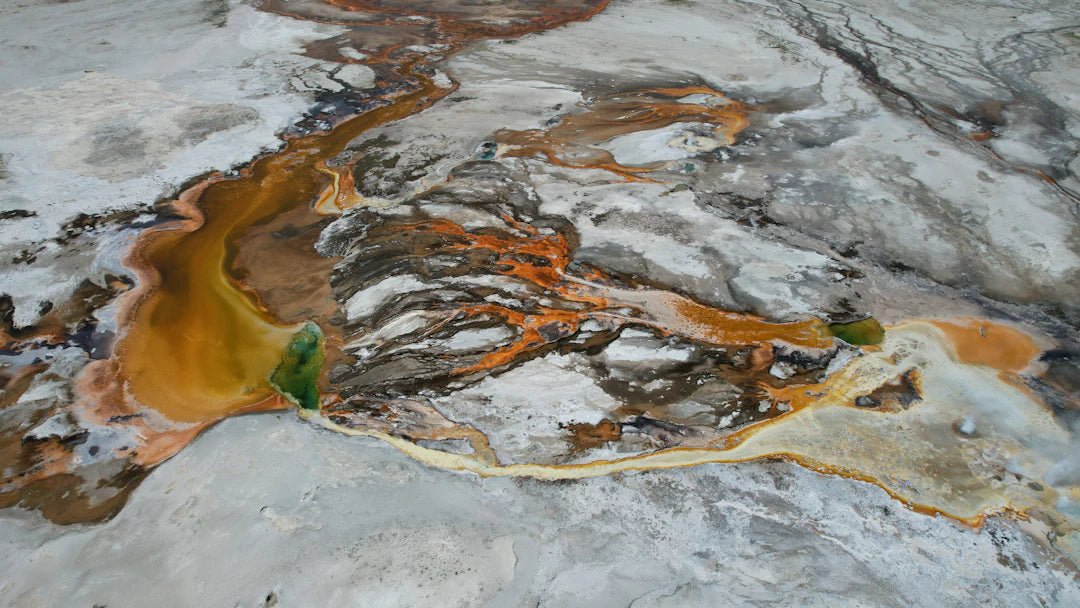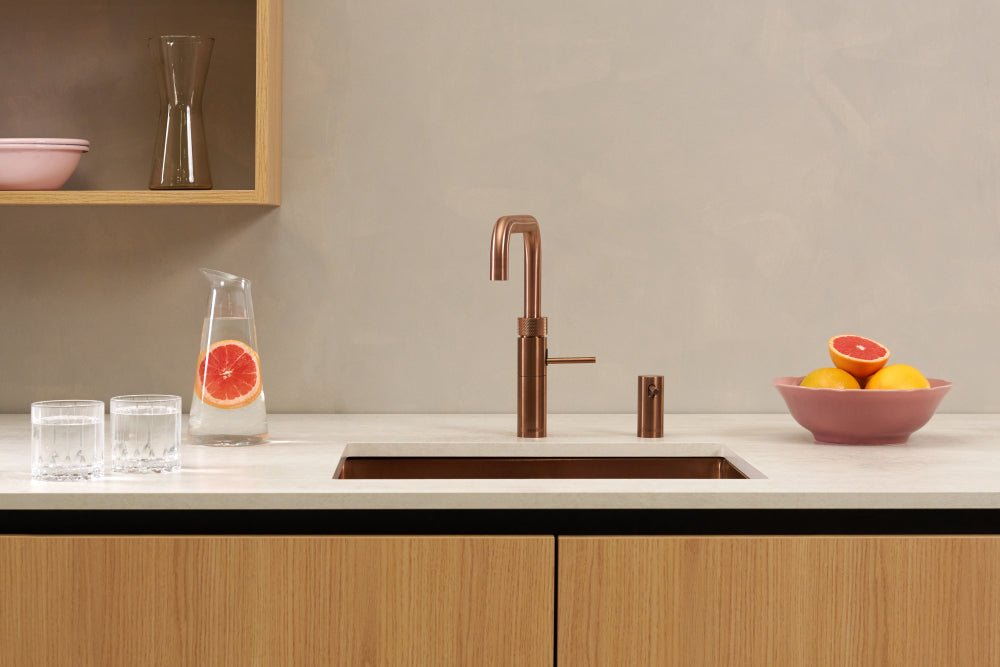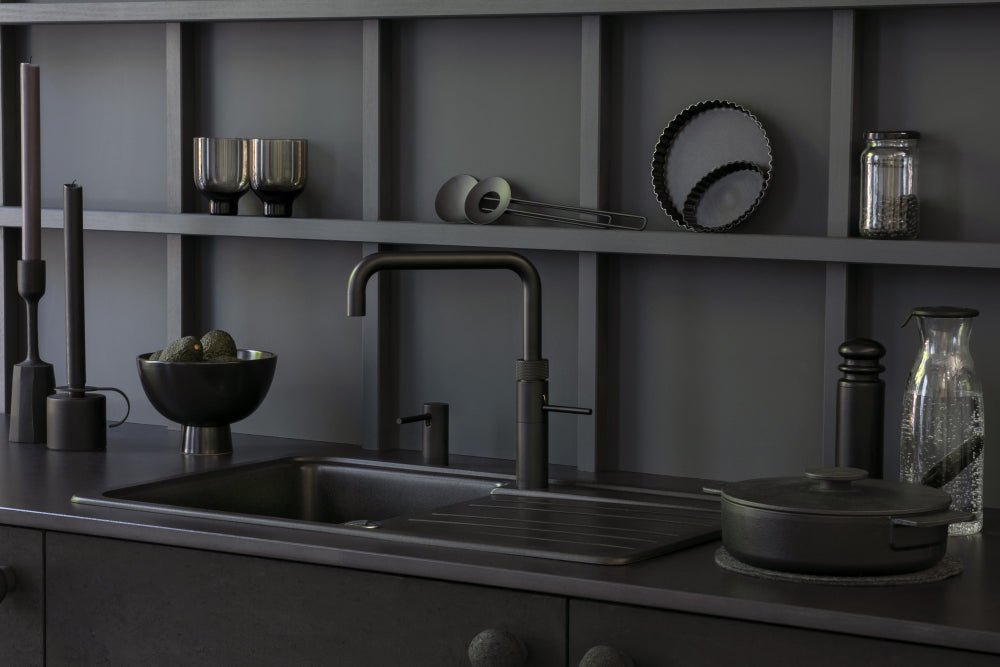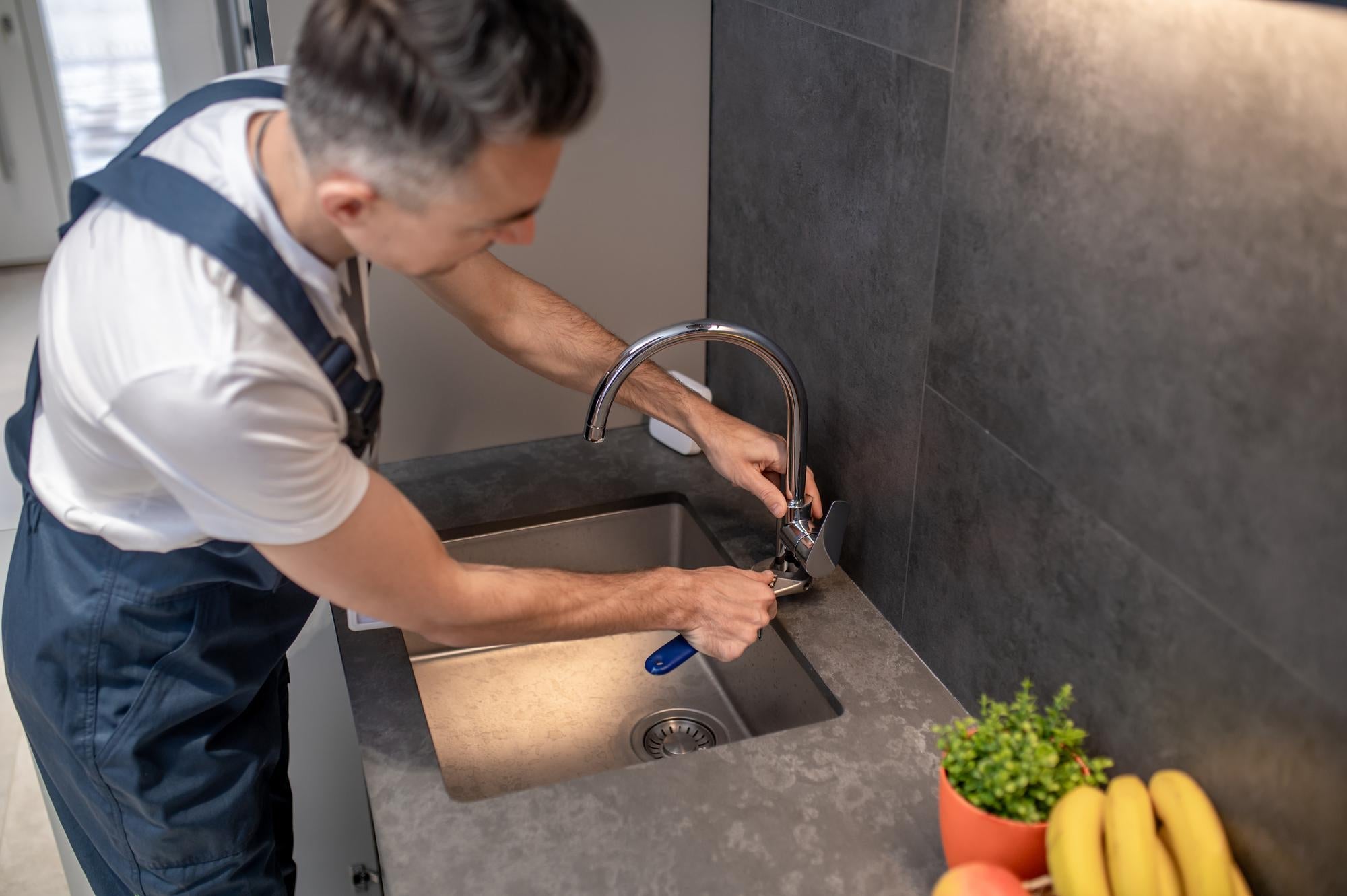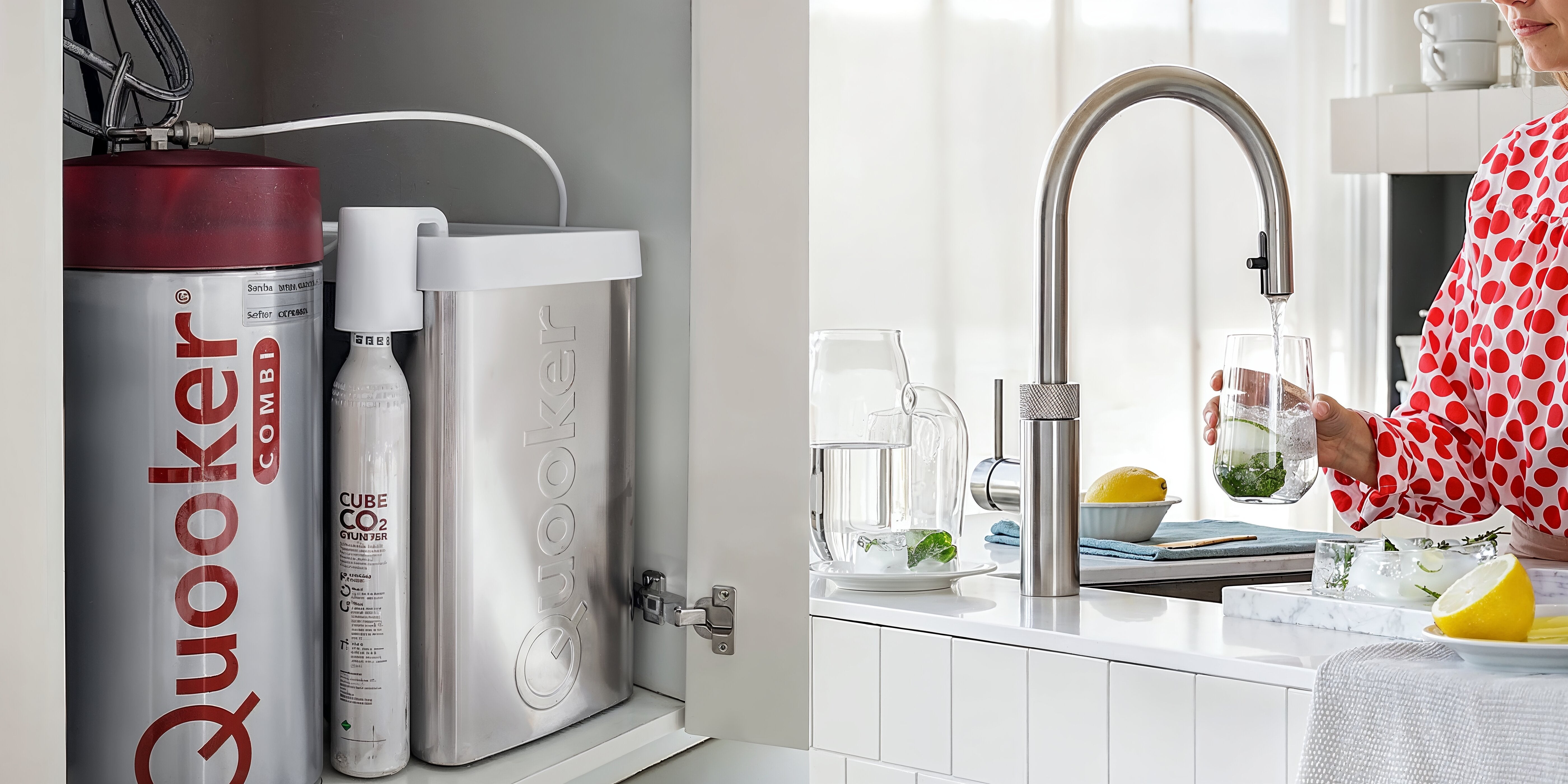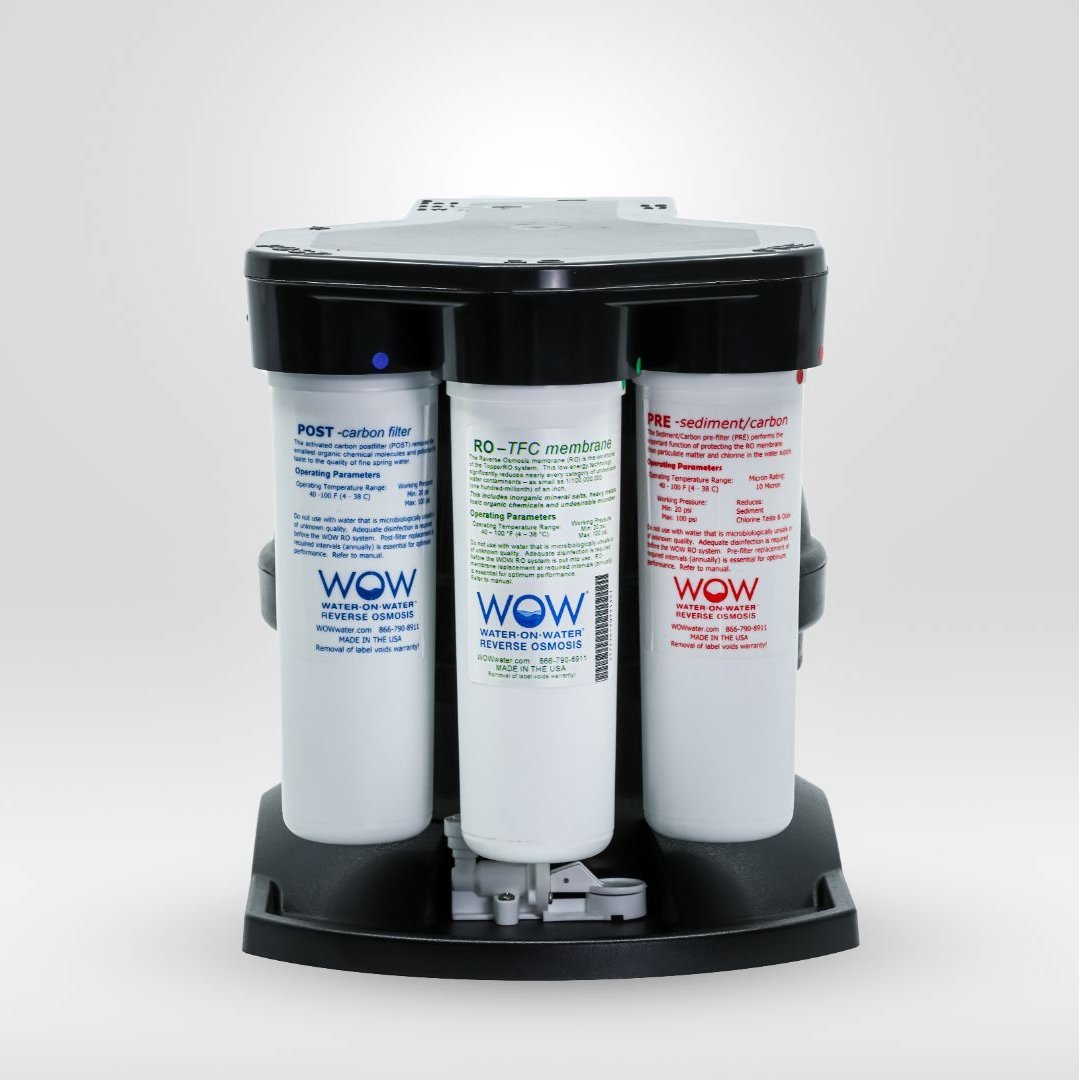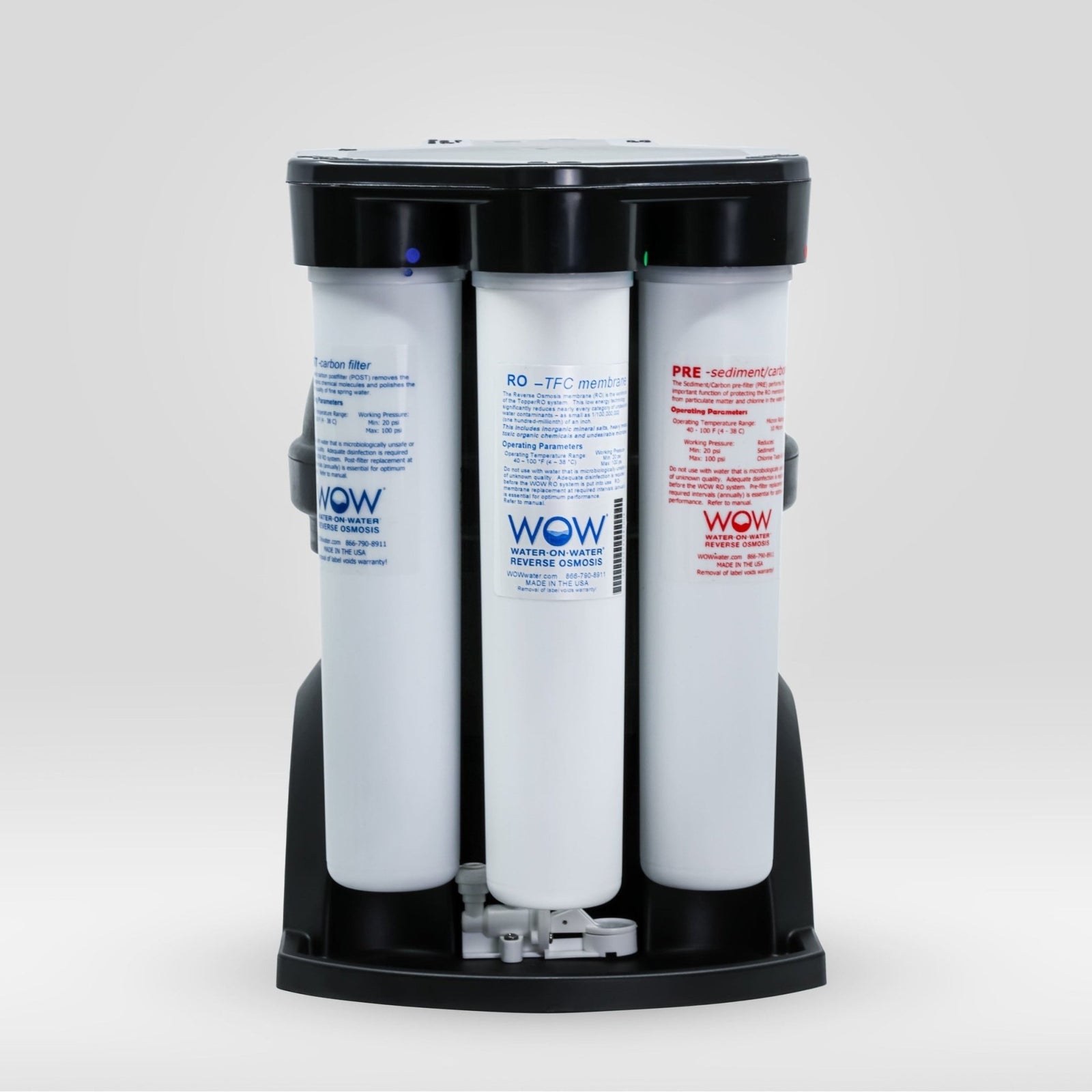The world we live in is becoming increasingly complex. One of the major concerns of our time is the rise of harmful substances such as PFAS (per- and polyfluoroalkyl substances). Governments worldwide play a crucial role in addressing this problem through regulations. But what exactly are PFAS, and how do they affect our health? In this article, we delve into the role of government and regulations surrounding PFAS, and how this all relates to the best home water filter .
What are PFAS and why are they a concern?
PFAS are a group of chemicals often used in industrial and consumer products for their water- and grease-repellent properties. These include protective coatings on cookware, water-repellent clothing, and even food packaging. However, the use of PFAS is not without consequences.
These substances are persistent, meaning they accumulate in the environment and in the human body. Their health risks are currently being investigated. Current studies point to potential health effects of PFAS , such as hormonal disruptions, weakened immune systems, and even increased risks of certain types of cancer.
The role of the government in regulating PFAS
PFAS regulations vary by country and region. Many governments have already taken measures to restrict the use of these substances. Here are some key steps that have been taken:
Legislation and standards
Several countries have implemented laws restricting the use of PFAS in certain products. For example, the European Union has developed guidelines requiring manufacturers to report and reduce the presence of PFAS. This legislation is intended to protect consumers and preserve the environment.
Monitoring and research
In addition to legislation, monitoring PFAS in water and other environmental components is essential. The government must conduct regular research to monitor PFAS levels and ensure the safety of our drinking water. This has led to increased public awareness of potential contamination.
Public education and awareness
The government also plays a key role in informing the public about the risks of PFAS. Campaigns and educational programs help people make more informed choices, such as choosing the best water filter for their home . This is crucial, as PFAS can often be found in drinking water, and it's not always possible to remove these substances from tap water without proper filtration methods.

International cooperation and challenges
The PFAS problem isn't limited to a single country. It requires international cooperation. Many countries are grappling with the consequences of PFAS pollution, leading to joint efforts to address these substances. Nevertheless, many challenges remain:
- Regulatory inconsistency: Not all countries have the same stringency in PFAS regulations, leading to uneven protection.
- Confusing research results: While the dangers of PFAS are becoming increasingly clear, more research is still needed to better understand all the health effects.
- Cost of solutions: Developing safe alternatives for PFAS-free products requires significant investment, posing a challenge for manufacturers.
The future of PFAS regulation
The future of PFAS regulations depends on several factors. As more scientific evidence emerges about the health effects of PFAS , governments will likely implement stricter measures. Consumer pressure for safe products and a clean environment will also increase.
Innovation in water filters
A promising step in the fight against PFAS is the development of advanced water filters. Demand for the best home water filter will increase as more people become aware of the risks. These filters often use advanced technologies like activated carbon and reverse osmosis to remove harmful substances, including PFAS, from drinking water.
What can consumers do?
As consumers, we have the power to drive change. Here are some actions you can take to improve the situation:
- Choose PFAS-free products: Look for products that explicitly state that they do not contain PFAS.
- Invest in a good water filter: Research and select the best home water filter that can effectively remove PFAS.
- Educate your community: Talk to friends and family about PFAS and its potential health effects.
- Vote with your wallet: Favor companies that make efforts to reduce or remove PFAS from their products.
The way forward
PFAS pose a serious challenge that demands immediate attention from both governments and consumers. By working together—from regulations to individual actions—we can protect the health of our communities and environment. The road to a PFAS-free future is still long, but every step we take, no matter how small, can make a big difference.
Keep learning, share your knowledge, and invest in the right products that protect not only you but also our planet. It all starts with awareness and action. Together we can make a difference for a healthier world!
Linked product

The Source 50 Home Water Filter
The Source 50 home water filter offers an effective solution for filtering PFAS and other contaminants from tap water. This device can contribute to a healthier living environment by improving water quality in the home. It's a practical option for families who want to be mindful of their drinking water and reduce the impact of harmful substances.
View product